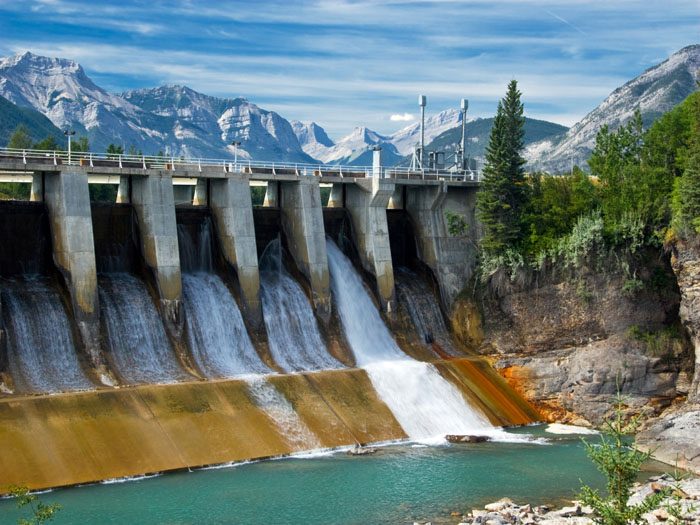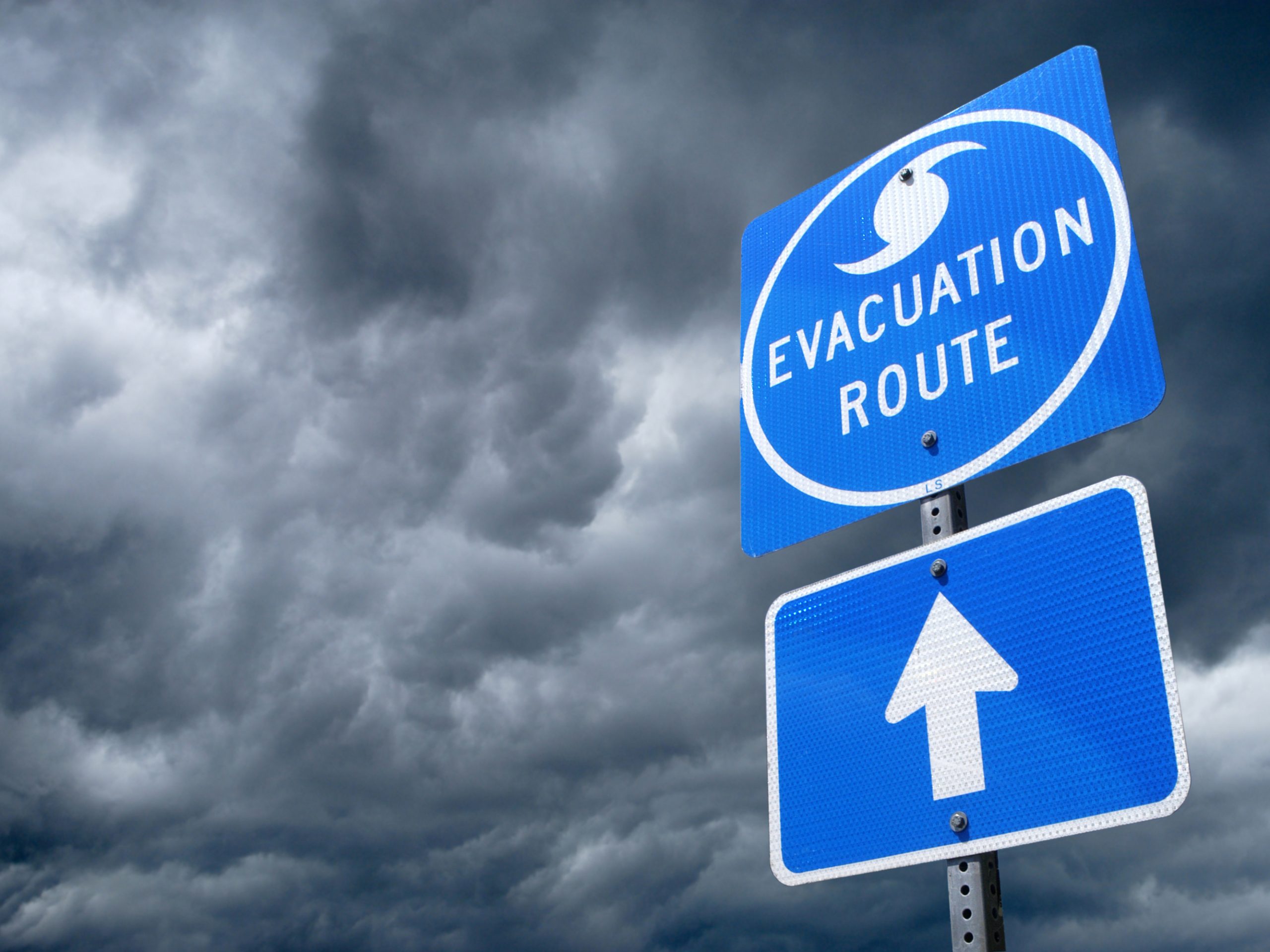America’s Dams Need $70 Billion in Repairs. Is That Too Much to Ask for Public Safety and Business Continuity?

In March of 2019, a snow and rain storm pelted the state of Nebraska. The Niobrara River, swollen and covered with sheets of ice, strained the 92-year old Spencer dam. Workers tried and failed to force open the dam’s spillway gates, but the wood was frozen shut.
In the end, the dam burst, unleashing a flood of water and ice chunks the size of cars. A quarter-mile section of U.S. Highway 281 was washed out, and a home below the dam was swept away. The man who lived in the home, Kenny Angel, is presumed dead, according to the Omaha World-Herald.
What happened at the Spencer dam is a tragedy, but it isn’t a freak accident. Dams all over the country are aging and many are in poor condition. As climate change intensifies the severity of storms, many of the aging structures are giving out.
“There are thousands of people in this country that are living downstream from dams that are probably considered deficient given current safety standards,” Mark Ogden, a former Ohio dam safety official who is now a technical specialist with the Assn. of State Dam Safety Officials, told the Los Angeles Times.
The L.A. Times report details the findings of a more than two-year investigation by the Associated Press that found 1,688 of the county’s high-hazard dams were rated in poor or unsatisfactory condition as of last year.
These aging dams are more likely to burst, threatening lives, destroying properties and disrupting the businesses in their wake.
Old Dams, New Threats
Part of the reason why the risk of U.S. dams bursting is their age. The U.S. Corps of Engineers manages 700 dams and nearly all of them are more than 30-years old. Of those dams, more than half have reached or exceeded the 50-year service lives for which they were designed.
Older dams are, unsurprisingly, more susceptible to breaking, especially when they’re stressed. As climate change produces increasingly volatile storms, crumbling dams, bridges and other elements of U.S. infrastructure will have to contend with the wear of rain, snow, wind and ice.
Potential for Major Damage
While many of the country’s dams are dangerous, two — Atlanta’s Reservoir No. 1 and the Willett Pond Dam near the Boston suburb of Norwood — were cited by the L.A. Times as exemplifying common problems.
Built in the late 1800s, Reservoir No. 1 is a 180-million gallon water supply that has been out of service for the majority of the last few decades. The city of Atlanta made repairs and tried to re-open it in 2017, but had to shut it down again after leaks were noticed.
If the dam were to fail, 1,000 homes, dozens of businesses, a railroad and a portion on Interstate 75 would be at risk, according to an emergency action plan for the dam.
Damages to highways and railroads can also cause problems for businesses that are outside of the dam’s immediate vicinity. When a string of winter rain storms damaged the Pfeiffer Canyon Bridge in California in 2018, businesses faced a shortage of supplies and workers who couldn’t drive through the rubble to get to work.
In addition to weakening structures, aging dams are more likely to have spillways that are incapable of handling the kinds of extreme precipitation events that are becoming more common due to climate change.
Water that can’t escape quickly enough through spillways often flows over the tops of dams, increasing the possibility of rapid erosion and collapse.
This is the problem faced by the spillways of the 107-year old Willett Pond Dam, which are capable of handling only 13% of the water flow from a serious flood before the dam is overtopped. If the dam gives way, it could send hundreds of millions of gallons of water into Norwood, a city of nearly 30,000 people.
“We are not talking of just flooding someone’s house. We are talking about covering their house,” Murray Beach told the L.A. Times. Beach belongs to a citizens group that has lobbied for years for the spillway to be repaired. &










